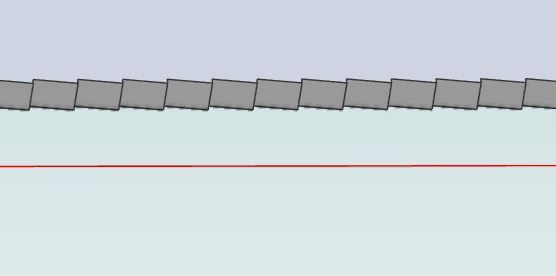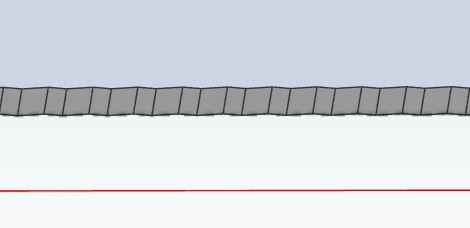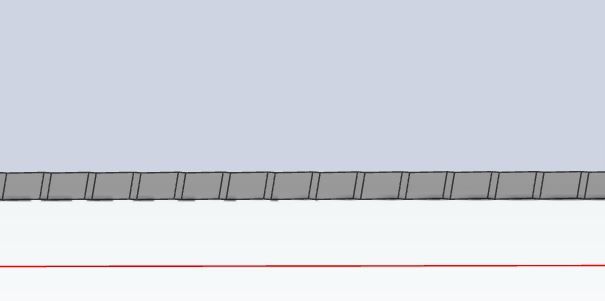With no radius if you magnified the cut surface it would look like a very fine screw thread being made up of a Vee shaped helix and could feel quite rough but the pointed corner of the tool will easily cut into the material* . Another problem with a pure point is that it would wear very quickly and also be prone to damage particularly on brittle carbide tooling.
On the other hand a large radius will tend to flatten out the magnified form so you will get a smoother finish. however the larger contact area can increase the chance of the tool deflecting slender work and if deep cuts are taken you can also start to get chatter along the increased area being cut. A more rounded tip will have the advantage of being more durable.
Another thing to consider about a tool with a rounded end is that when working into a corner the face and edge will not meet at a crisp angle, this needs to be taken into account if something is going to be slid onto say a spigot turned on the end of a shaft usually by chamfering the mating holes edge. Where parts will be stressed it is an advantage to have a rounded internal corner as it helps to dissipate the stresses thus reducing the risk of a fracture starting in the corner.
* the angle of the tool also plays a big part in what the surface may look like. Taking the thread example if you had a tool with a large clearance angle behind the cutting edge it would form more of a Vee than one with a shallow angle that tends to flatten things out in much the same way that a rounded corner will do. Luckily the C*** inserts being discussed give a shallow 5degree angle behind the tool so you get the best of all the available shapes. The down side is that in some situations this can prevent you getting to the work and a more pointed shape will be the best bet such as when working close to a tailstock centre where a DCMT tip and matching holder are ideal.
So it's a case of weighing up finish, durability, work in hand, access, etc and picking the best combination for the job.
Chris TickTock.






 n another forum a renowned craftsman and horologist only uses braxrd carbide for this type of work as he cannot get the precision required with inserts. This must mean almost no radius surely/ At my stage of the game it matters little but being aware of pitfalls in precion maching cannot be a bad jhing?
n another forum a renowned craftsman and horologist only uses braxrd carbide for this type of work as he cannot get the precision required with inserts. This must mean almost no radius surely/ At my stage of the game it matters little but being aware of pitfalls in precion maching cannot be a bad jhing?


